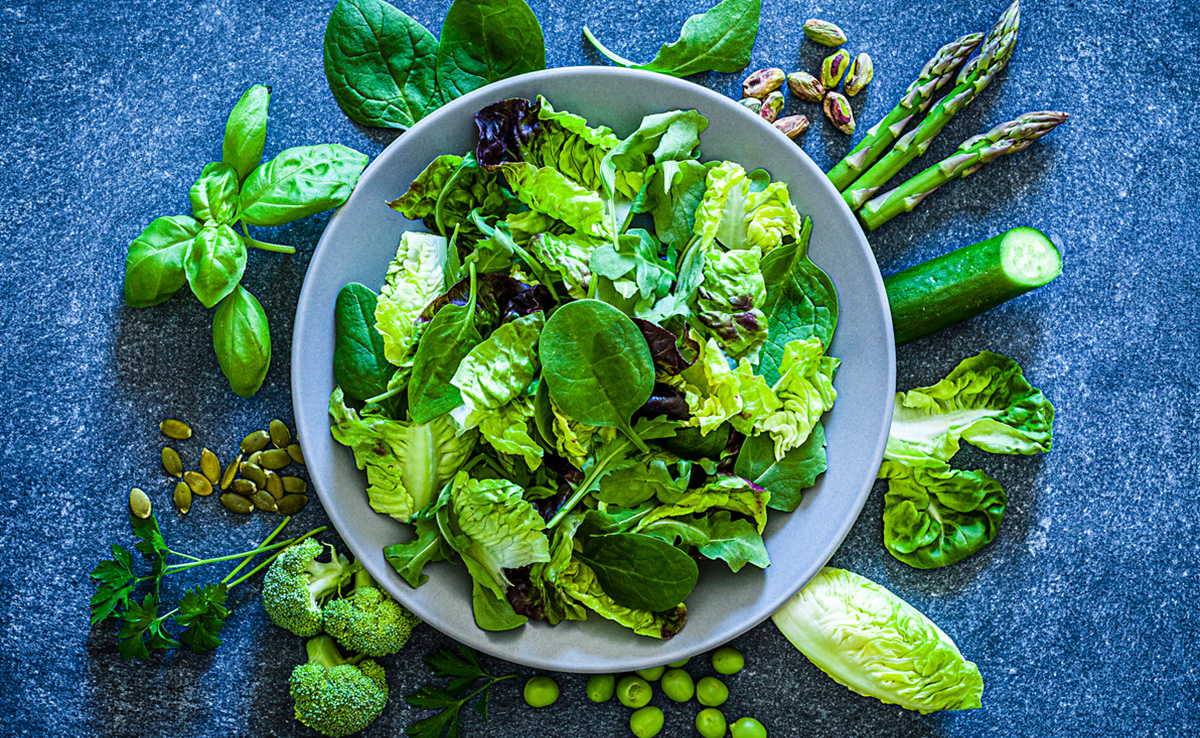Momos, the soft dumplings filled with vegetables, meat, or cheese, are now one of the most loved street foods in India. From roadside stalls to high-end cafes, momos have found a place in every corner of the country. But this wasn't always the case. We all know momos are not a traditional Indian dish. The journey of momos into Indian culinary culture is as fascinating as their flavour.
Also Read: Love Momos? 5 Exciting Momo Fillings You Can Try At Home
Origin of Momos
The word "momo" is believed to have originated from Tibet, where it refers to a type of steamed dumpling. Momos are a staple in Tibetan and Nepalese cuisine and were traditionally filled with yak meat and minimal spices. The idea of enclosing savoury fillings in a flour-based dough, then steaming or frying them, was influenced by Chinese dumplings, especially from the regions bordering Tibet.
How Momos Came to India
Momos were introduced to India mainly through Tibetan refugees who settled in various parts of the country after the 1959 Tibetan uprising. As the Tibetans established communities in places like Dharamshala, Sikkim, Ladakh, and parts of Delhi, they brought their food and culture with them. Momos were a comfort food that reminded them of home and gradually began to be served in small eateries and roadside stalls.
Northeast India played a significant role in popularising momos. Sikkim and Arunachal Pradesh, which share cultural and geographic proximity with Tibet and Nepal, already had a tradition of dumpling-like dishes. From there, momos spread to Darjeeling, a hill station in West Bengal with a strong Nepalese influence.
Also Read:Where Did Samosa Come From? Surprise ... Not India!

Momos are an integral part of Indian street food culture.
Image Credit: iStock
Rise in Popularity of Momos In India
Momos gained popularity in metropolitan cities in the late 1990s and early 2000s. As more people began to travel to hill stations and experience Tibetan cuisine, the humble momo started capturing attention. Tourists returning from trips to places like McLeod Ganj, Gangtok, and Darjeeling would often crave the hot, spicy dumplings they had enjoyed there.
Soon, momo stalls began appearing across Delhi, Kolkata, and other urban hubs. The appeal was simple: momos were affordable, tasty, and easy to eat on the go. The variety of fillings-from vegetables and paneer to chicken and pork-meant there was something for everyone. Chilli garlic chutney served alongside became an iconic companion, giving it the spicy Indian twist.
Also Read: Samosa To Ghee: 7 Foods That Are Banned Abroad But Consumed In India
Adaptation and Innovation
What truly helped momos thrive in India was their adaptability. Indians love fusion and bold flavours, and momos easily lent themselves to experimentation. Today, you can find tandoori momos, Afghani momos, cheese momos, and even chocolate momos. They are steamed, fried, tossed in sauces, or served on skewers.
Restaurants and cloud kitchens have built entire menus around momos. Even food festivals and fairs feature momo-eating contests and special varieties.
From Tibetan monasteries to Indian street corners, the momo has made an incredible journey. Its success in India proves our country's love for diverse flavours and its ability to embrace new culinary traditions. Today, momos are a beloved street food snack that continues to evolve with every bite.
About Neha GroverLove for reading roused her writing instincts. Neha is guilty of having a deep-set fixation with anything caffeinated. When she is not pouring out her nest of thoughts onto the screen, you can see her reading while sipping on coffee.






